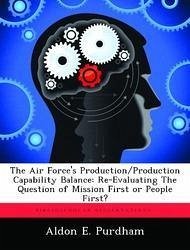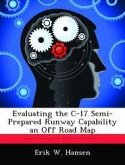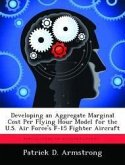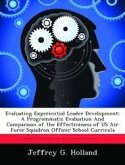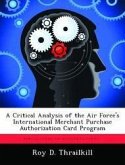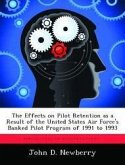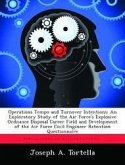Stephen Covey contends that an organization achieves effectiveness through adherence to what he calls the Production (P)/Production Capability (PC) Balance principle. He argues that most people view effectiveness incorrectly - the more you produce, the more you do, the more effective you are. Instead, he opines that effectiveness is a function of two things - what is produced and the capability to produce. This principle is an ideal one with which to examine the classic military question of mission first or people first, with mission and people representing P and PC respectively. Much scrutiny has been placed over the last couple of years on the Army and Marine Corps' P/PC Balance in light of the sizable mission requirements inherent in the Global War on Terrorism (GWOT). However, the P/PC balance of the Air Force has received far less scrutiny. The intent of this study is to fill this void. It seeks to answer the following question: Does the Air Force need to operate with P/PC balance to achieve effectiveness in the GWOT? The answer to this question requires an assessment of the Air Force's P/PC balance as well as the degree of effectiveness that is achieved from that balance. These assessments, which are based on data from 1986-2006 (with particular focus on the last ten years), involve a four-step process. In the first step, the study assesses which aspect (mission, people, or both) the Air Force emphasized during this timeframe. Step two addresses the implications of the above assessment on the Air Force's mission, retention, morale, values, and priorities. The third step discusses ongoing efforts in the Air Force to mitigate the implications discussed in the second step. Finally, step four offers recommendations the Air Force can initiate to best achieve effectiveness through P/PC Balance.
Hinweis: Dieser Artikel kann nur an eine deutsche Lieferadresse ausgeliefert werden.
Hinweis: Dieser Artikel kann nur an eine deutsche Lieferadresse ausgeliefert werden.

